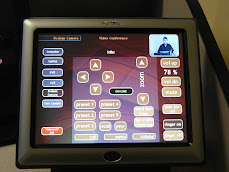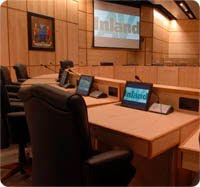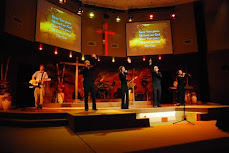Grant's Perspective on ... the Projector Throw Distance Calculator that works!
Epson has posted a Projector Throw Distance Calculator that I really like. This Flash based tool lets you input basic information such as the room ceiling height, screen format and desired image size. You select an Epson projector model and the calculations are made.
This app comes in handy particularly for the Epson Bright Link projectors. These are the HOT, HOT, HOT ultra-short throw, high-performance projector & interactive pen combination units. They integrate interactive functionality in one machine without the constraints or expense of an interactive whiteboard. As a result you get one of largest interactive learning areas available, in a wide screen format (which is why they are a HOT item) without paying a premium for size.
The calculator provides two room views (see graphic below) of a Bright Link ultra-short throw installation. This gives a clear understanding how close an ultra-short throw projector is to the wall and screen.
Note the two arrows in the top left area of the room layout. Your mouse can quickly adjust the projector's distance from the wall and the floor to ceiling distance, to see the relationships of projector placement and projected image location.
You can enter the info manually. This is beneficial if you are projecting onto an existing whiteboard as the screen size is known. The calculator even provides the measurement for the mount location. Time is saved and the install is done correctly.
It also allows you to change the aspect ratio for 4:3, 16:9 and 16:10. I would use this when someone has a section of bare white wall they want to make interactive but are restricted on one side by perhaps a filing cabinet or window frame, and the lower level by perhaps wainscoting. Using the calculator, I can demonstrate that the now common 16:10 format will fit.
Give it a try!
Grant















